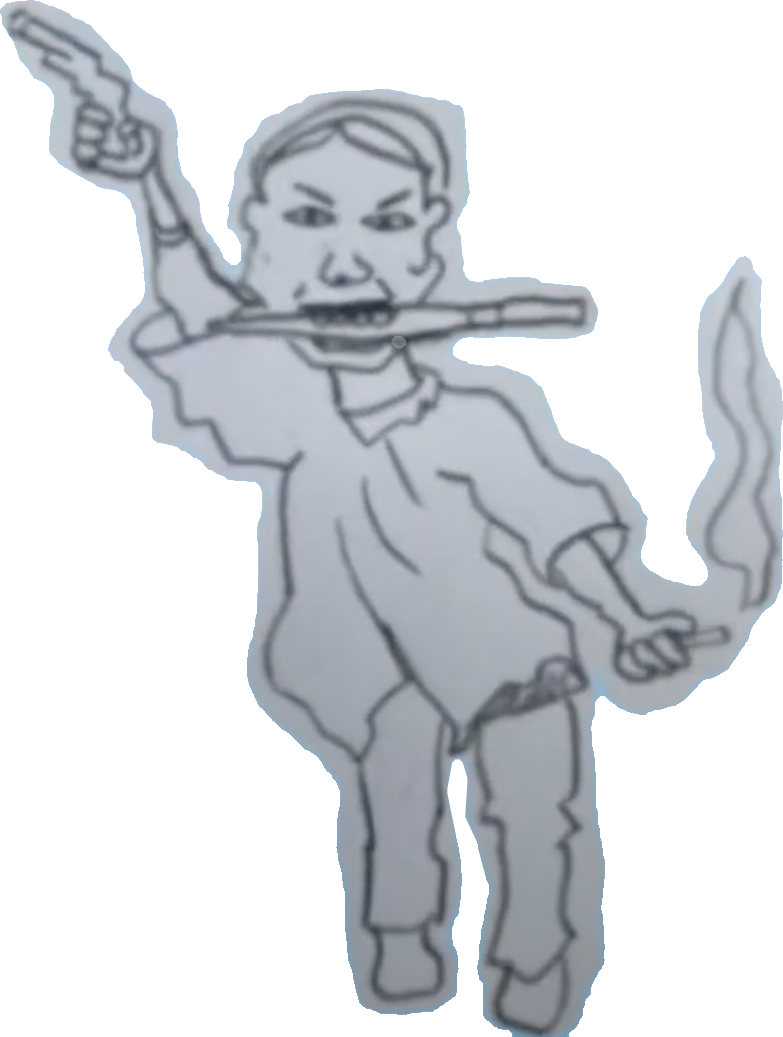






Conflict with the Internal Occident and the External Occident - Story of Isolation
︎This site is interactive—drag the images around to reveal more!
In “Conflict with the Internal Occident and the External Orient - Story of Isolation” I explore the idea of isolation during the pandemic, specifically my own personal narrative and what it feels like to be a visible minority. The ways in which my body has navigated through life has been uncomfortable; Toronto’s Chinatowns feel foreign; China, my country of birth, has a great disconnect and is only visualized through photos and stories that my parents took when coming to adopt me; and North Vancouver has brought me up to assimilate socially and culturally to whiteness. It has left me with both an identity crisis and internalized racism. I struggle a lot mentally with trying to understand my intersections, and feel as though my body is interpreted in many ways. During the recent rise of hate crimes, I roam the streets publicly afraid as I get stereotyped while simultaneously stereotyping myself. My white-washed mind struggles to validate Asian experiences during this time, and my communities lack understanding. This cut-out motion animation narrates these topics to show fragmentation – interrupting, interrogating, and reframing different ways of thinking and seeing.
In “Conflict with the Internal Occident and the External Orient - Story of Isolation” I explore the idea of isolation during the pandemic, specifically my own personal narrative and what it feels like to be a visible minority. The ways in which my body has navigated through life has been uncomfortable; Toronto’s Chinatowns feel foreign; China, my country of birth, has a great disconnect and is only visualized through photos and stories that my parents took when coming to adopt me; and North Vancouver has brought me up to assimilate socially and culturally to whiteness. It has left me with both an identity crisis and internalized racism. I struggle a lot mentally with trying to understand my intersections, and feel as though my body is interpreted in many ways. During the recent rise of hate crimes, I roam the streets publicly afraid as I get stereotyped while simultaneously stereotyping myself. My white-washed mind struggles to validate Asian experiences during this time, and my communities lack understanding. This cut-out motion animation narrates these topics to show fragmentation – interrupting, interrogating, and reframing different ways of thinking and seeing.





Video Description: 3 minute 34-second video. Video starts off with animated drawings of different self-portrait images floating on a blue background with multiple audio sounds overlapping (coins, radio voices, and Donald Trump’s voice repeating the word "China.”) White outlined clouds circulate the screen. The figurative drawings stretch from one frame into the next, moving around the border of the screen, shrinking in and out of the background and foreground. The imagery shifts to a cut-out paper collage of the artist rising up onto Spadina Avenue in Toronto. Using cut motion animation, the figure starts walking in a stagnated and caricature-like manner. The figure walks through different streets along Toronto's Chinatown. The figure stands outside of Kei Wei grocery stores as the audio says, "You're not from here you're from China aren't you? Go back to China." The figure lifts off the ground into the air and starts flying upwards. The background transitions to the figure flying to China. Images of China (photos sourced from the artist’s parents) move from left to right in a panoramic-like point of view while the figure flies in the air in a breast stroke motion. The figure comes into a frame of a village market where she starts taking photos, drinking milk, eating a banana, and digging a hole. The figure falls straight into the hole and descends into the second to last scene where she is falling from the sky, landing her into a brown Fiat 500 car. The car starts driving into Edgemont Village in North Vancouver while the audio plays a song from Mulan that has been overlapped with sound effects of the car. The car eventually runs into a fire hydrant and crashes. The figure is harpooned out of the car and into the sky, looping to similar frames from the start of the video with a blue background. Drawings of multiple figures overlap in the last scene with staggered audio sounds, and ending with production credits.






